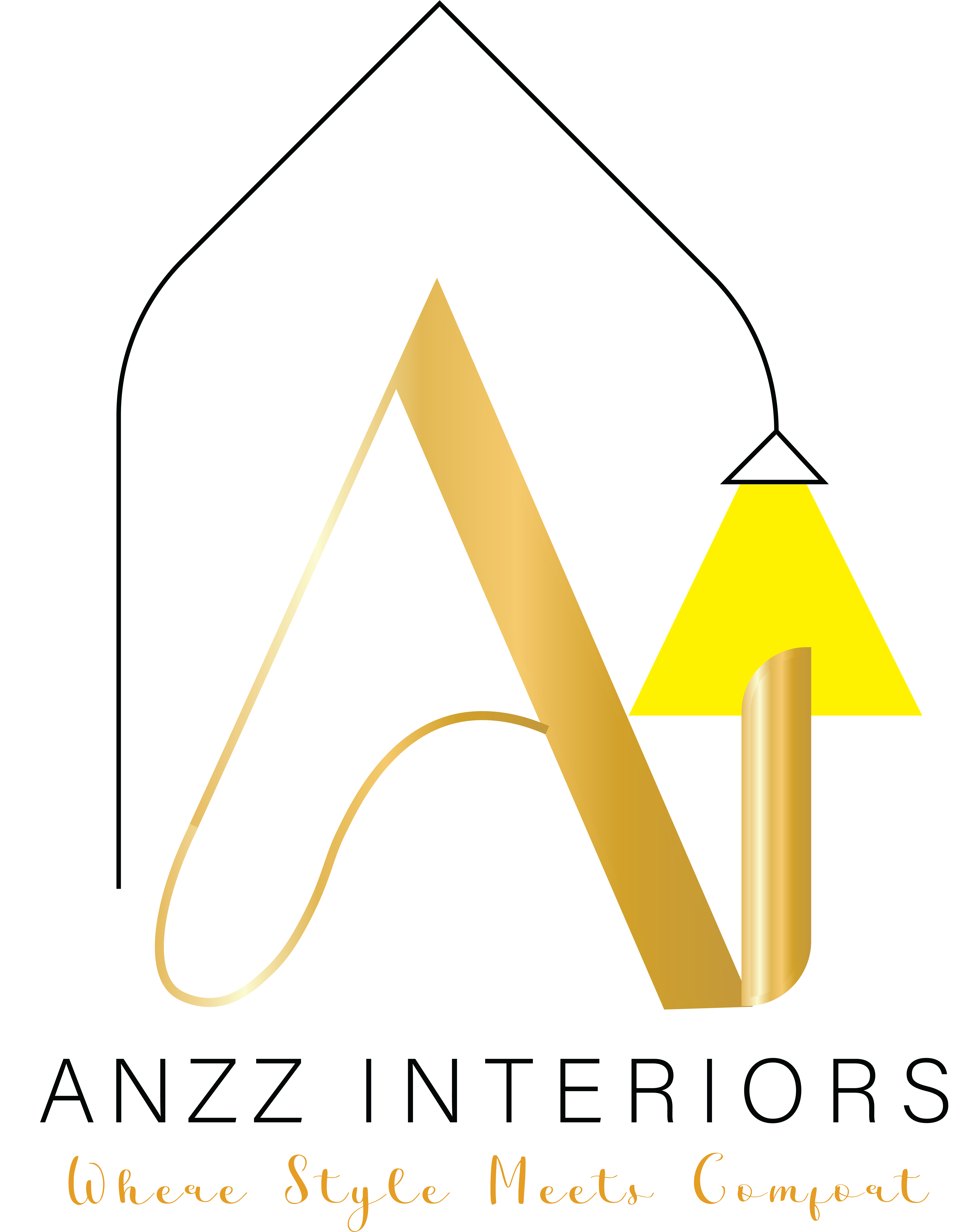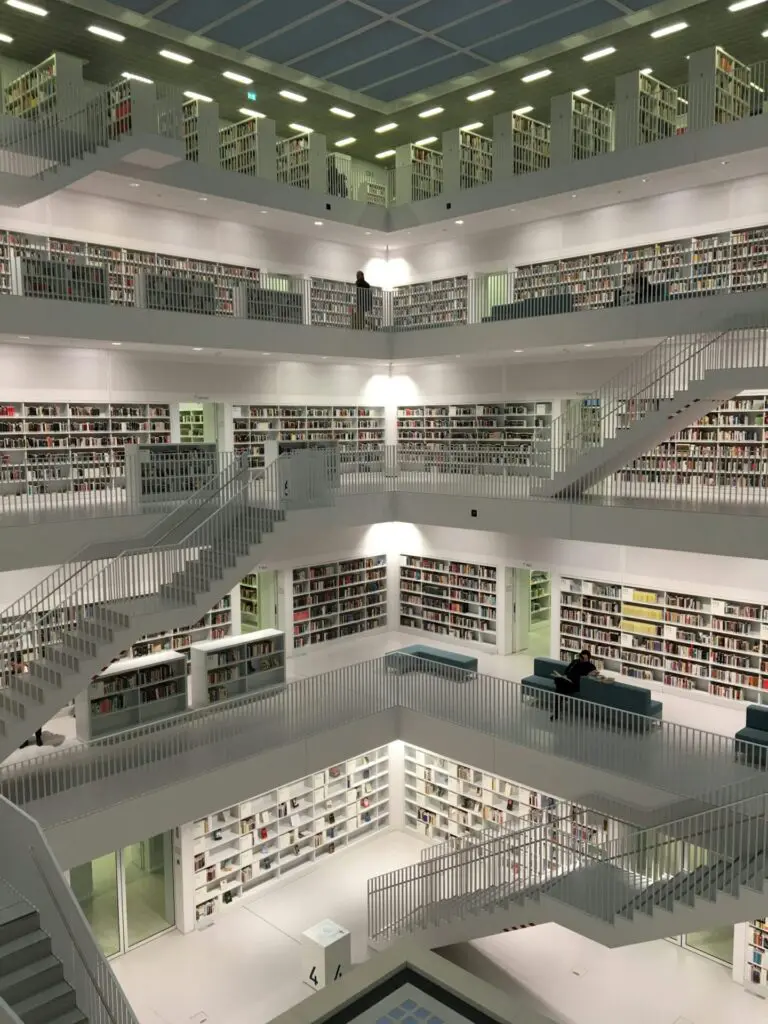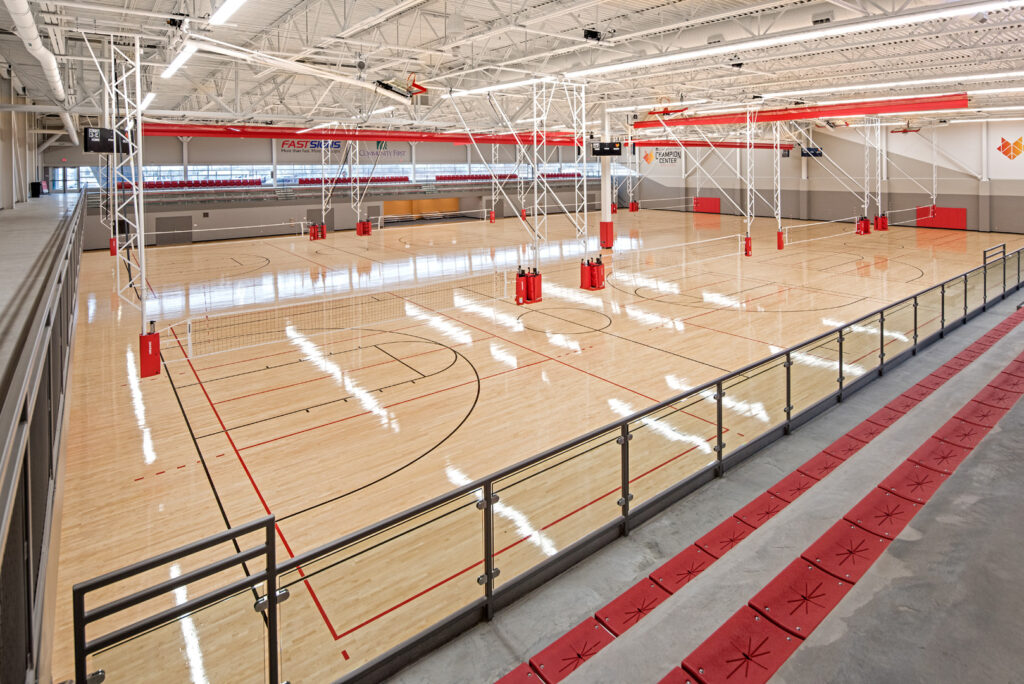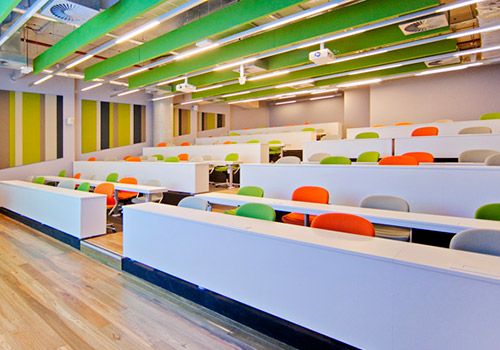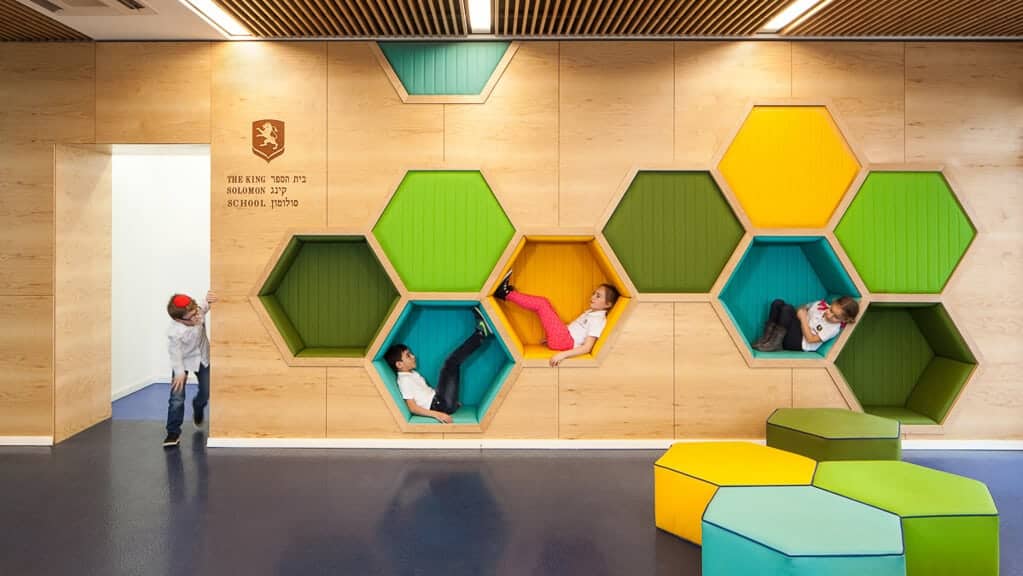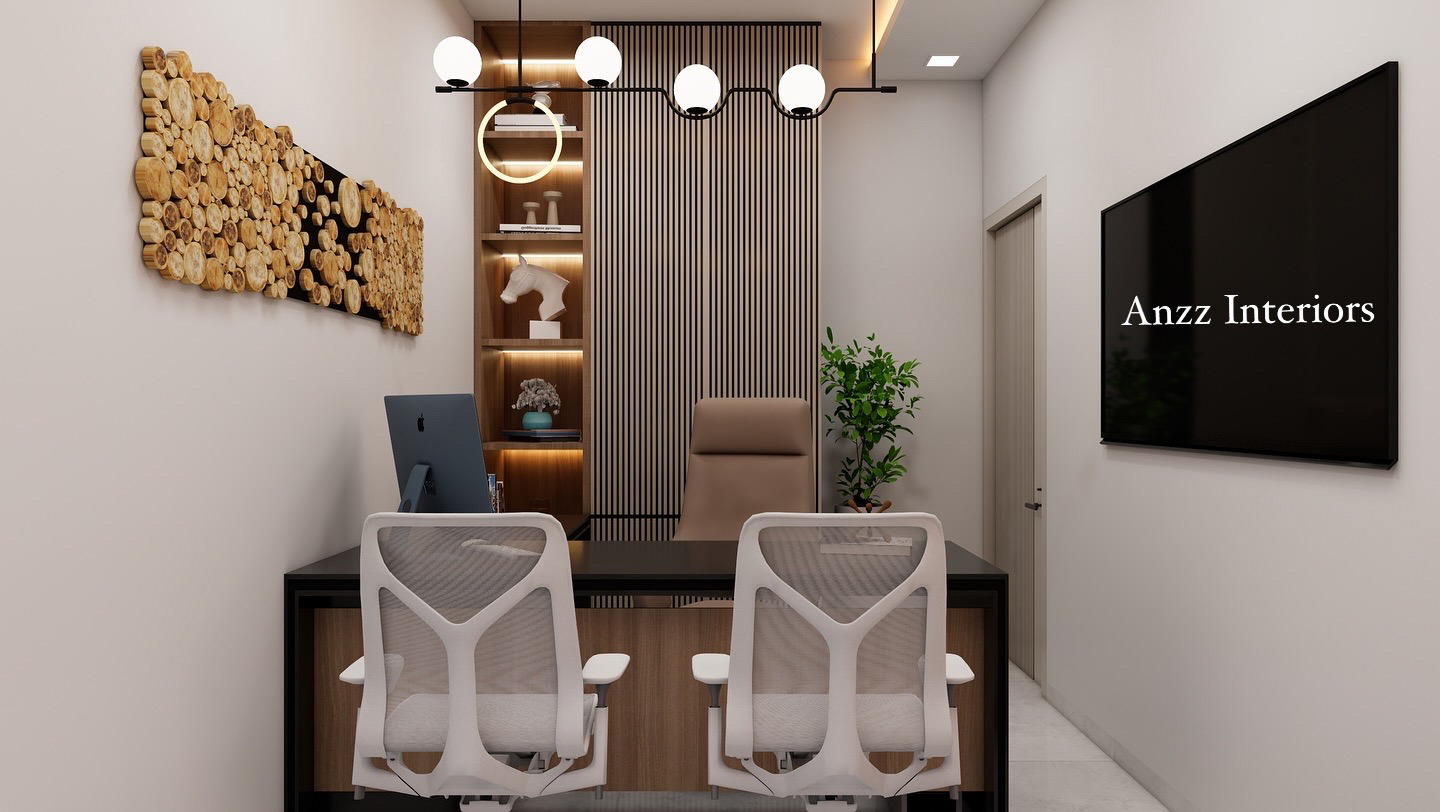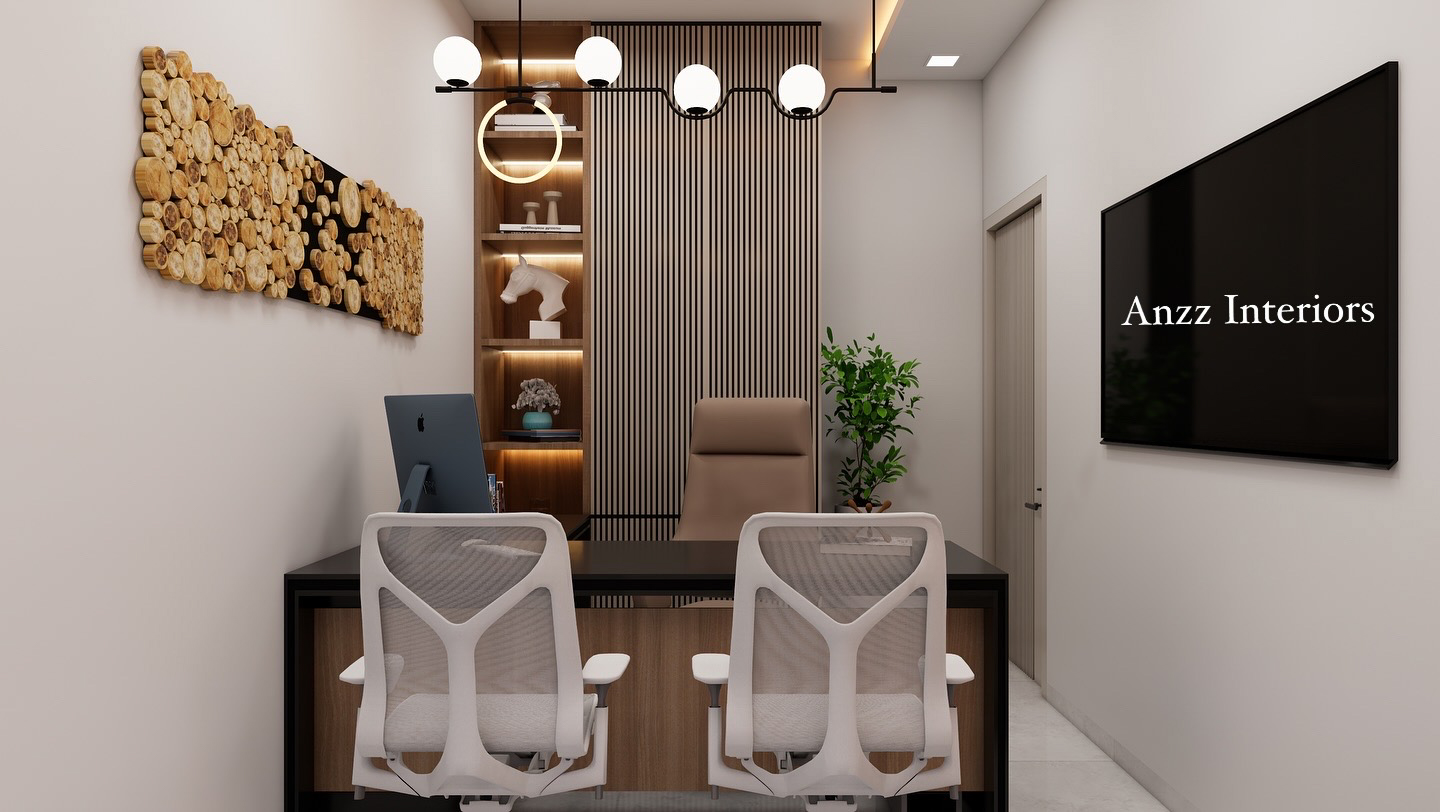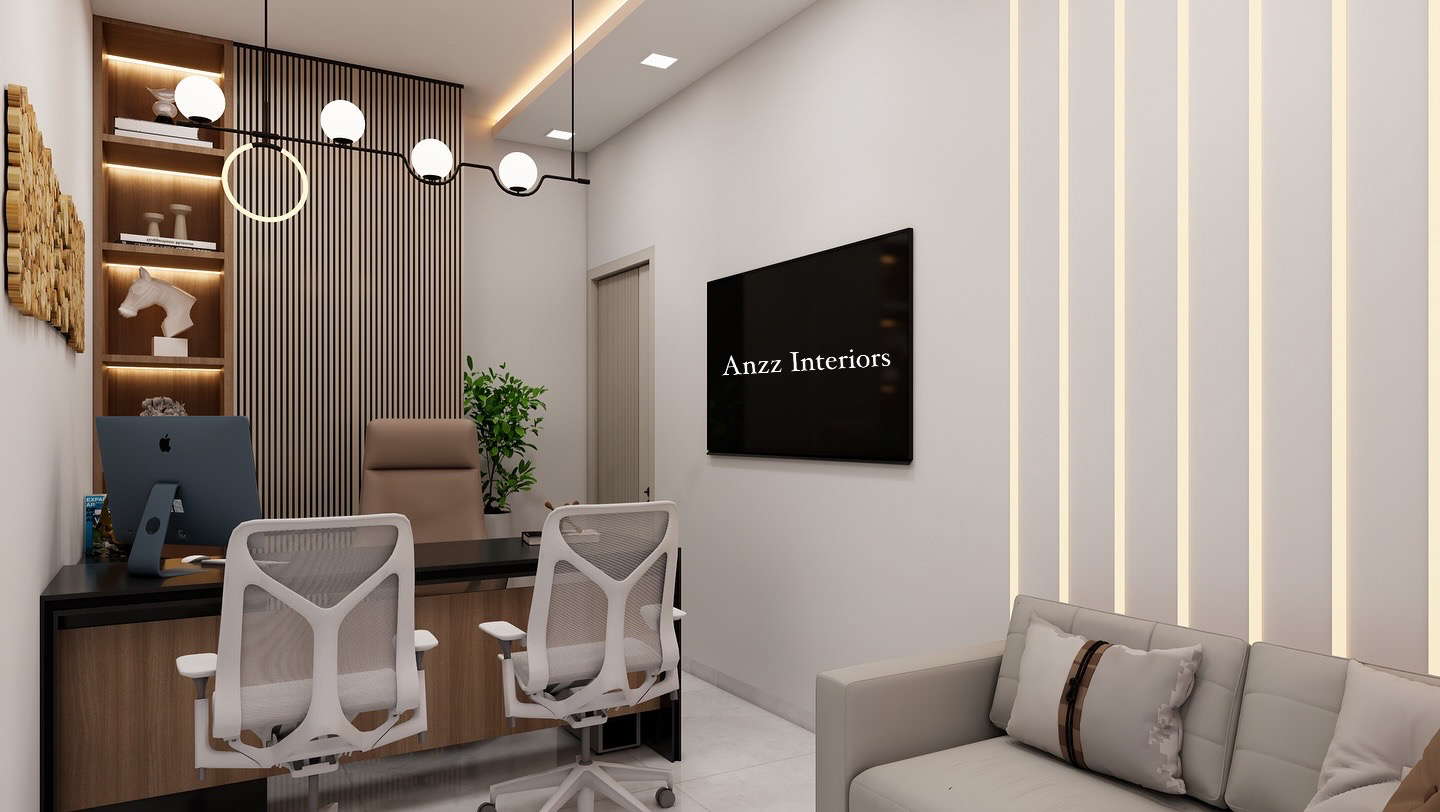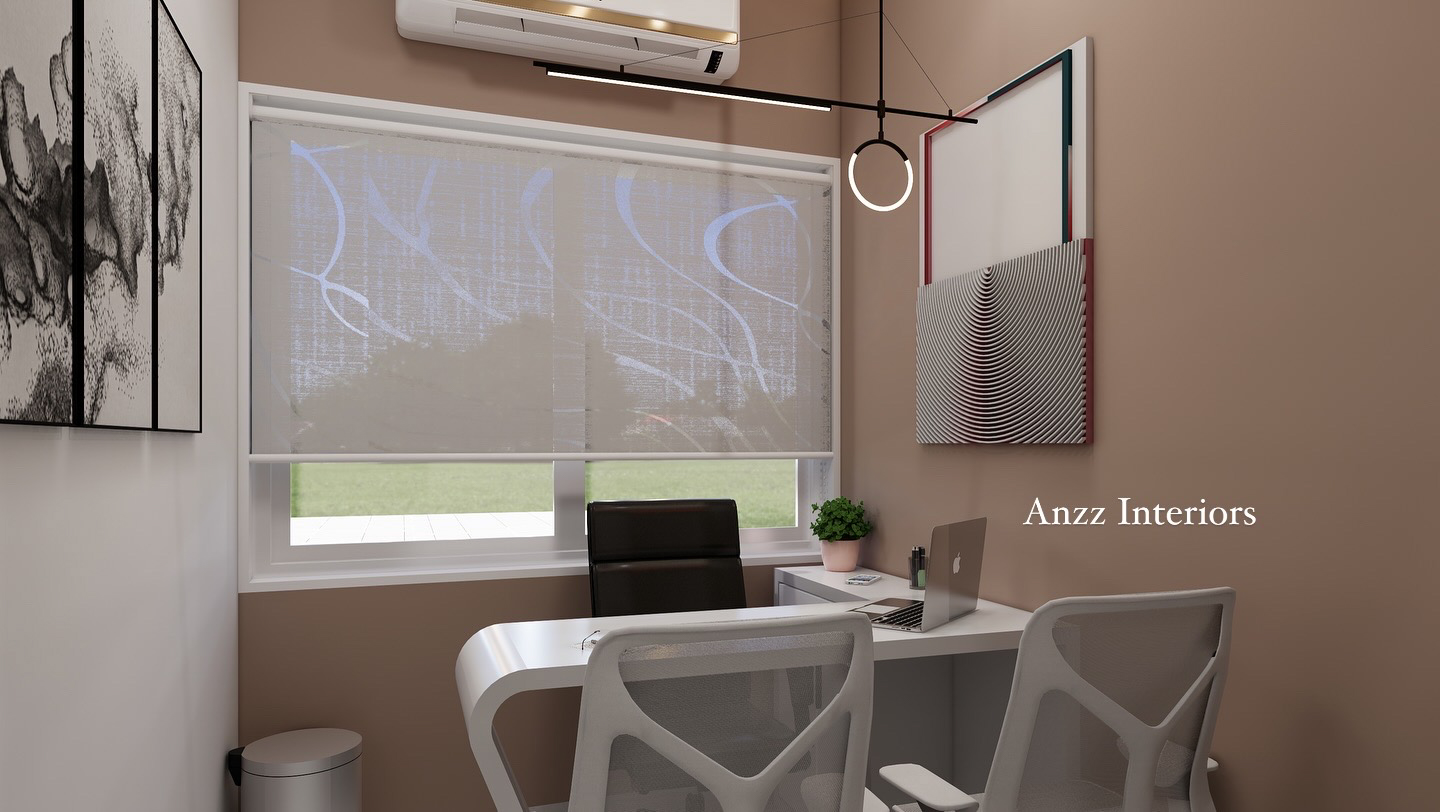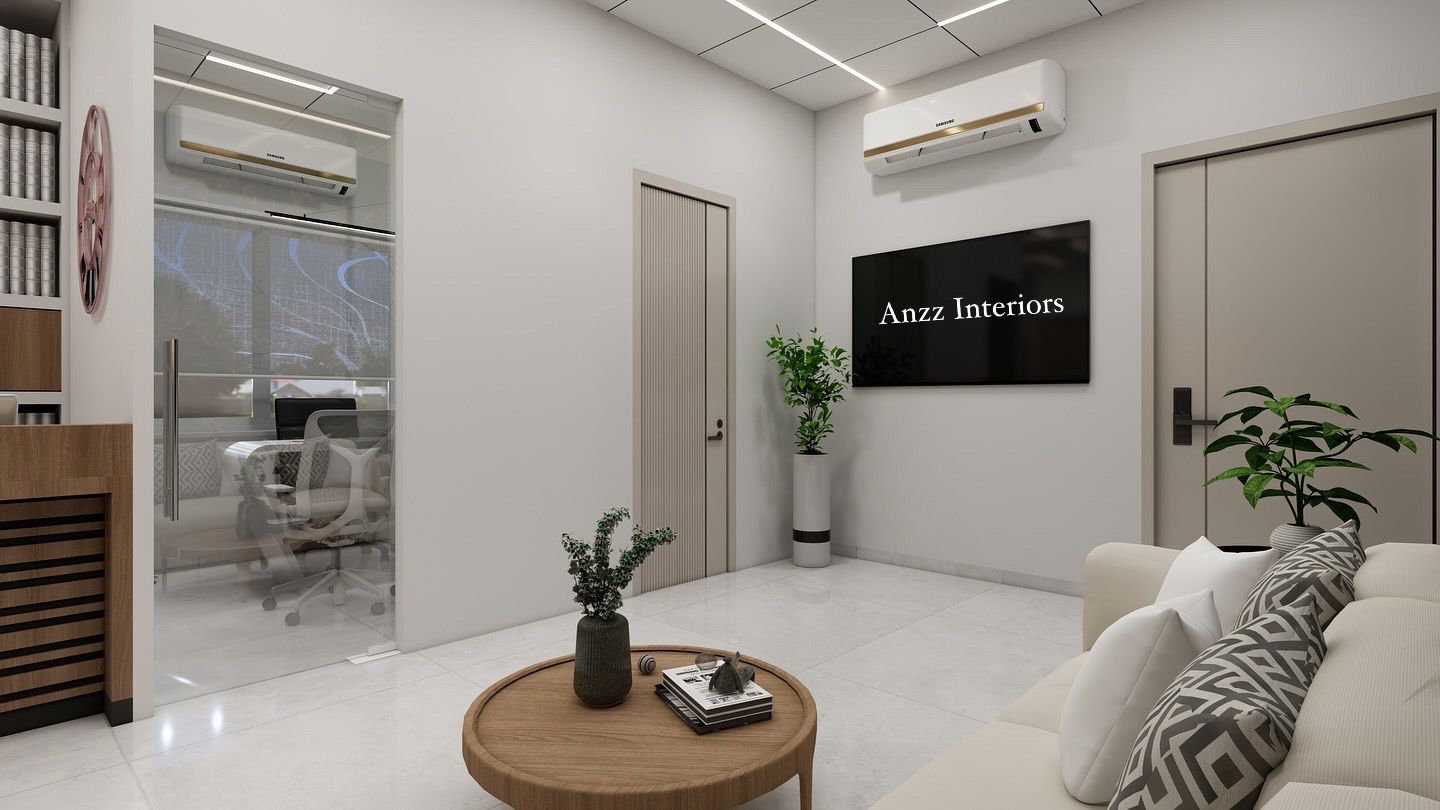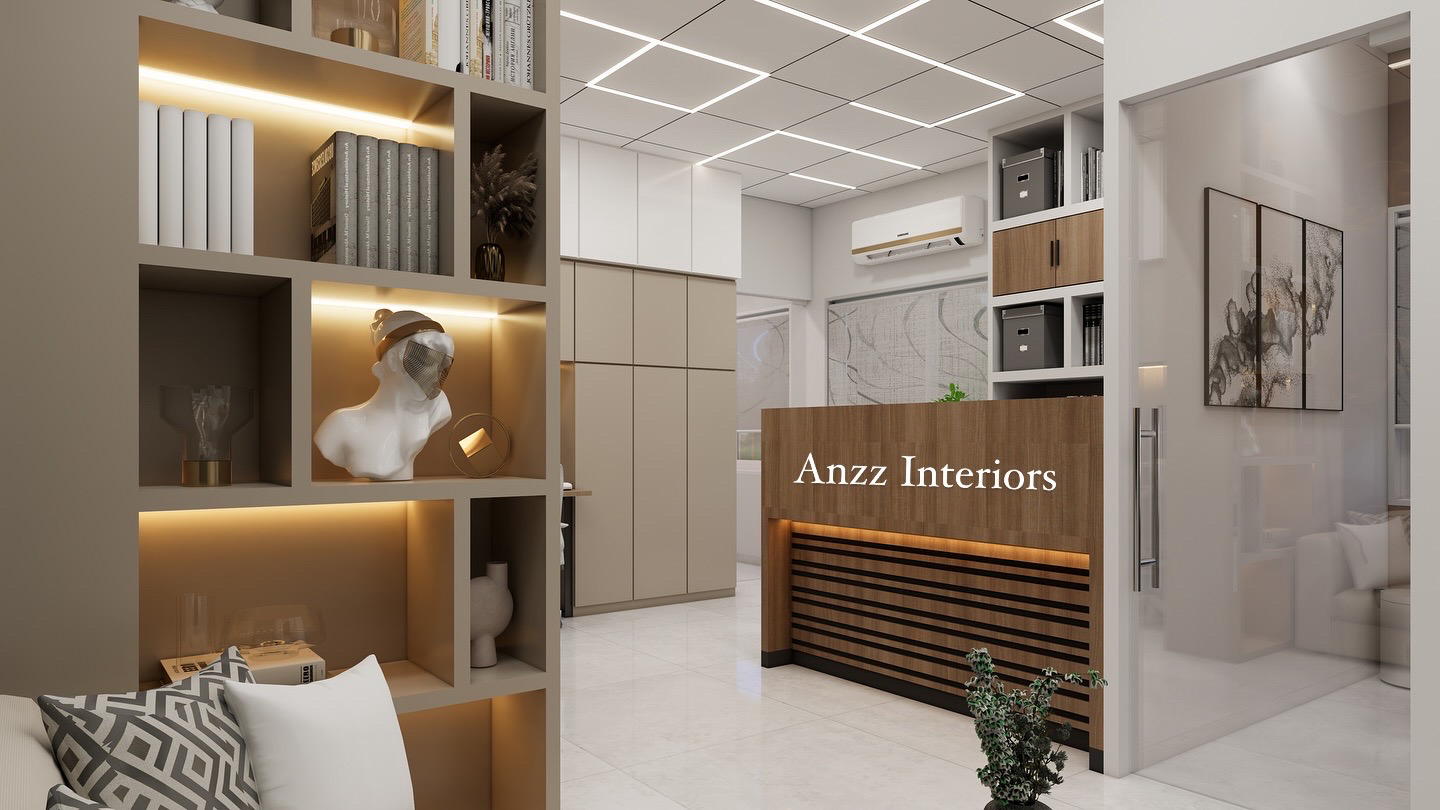0
+
Project Completed
0
+
Fresh Ideas
0
%
Satisfied Clients
0
+
Years of Work
Office buildings interior design is a critical aspect of creating a productive, efficient, and comfortable work environment. Thoughtfully designed office spaces can significantly impact employee well-being, productivity, and overall company culture. Here are the key elements and considerations involved in designing office interiors:
